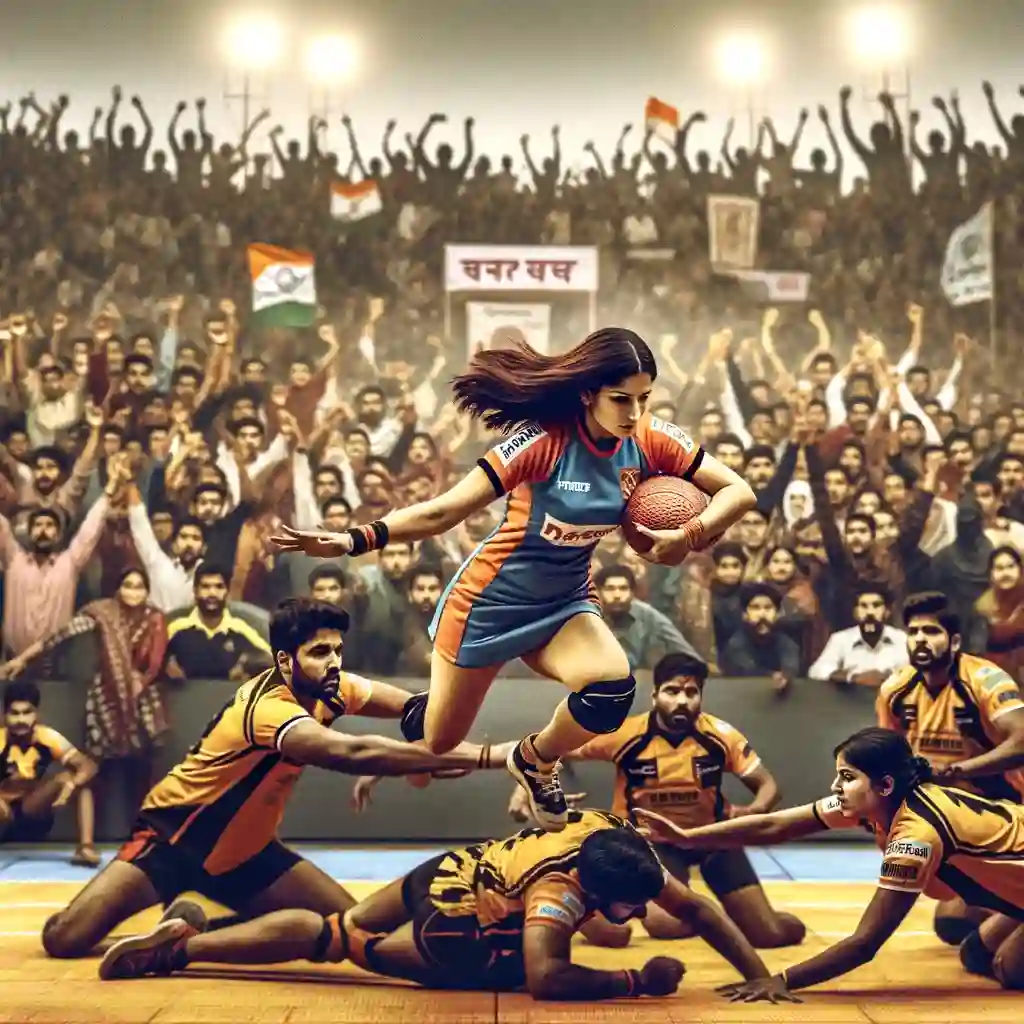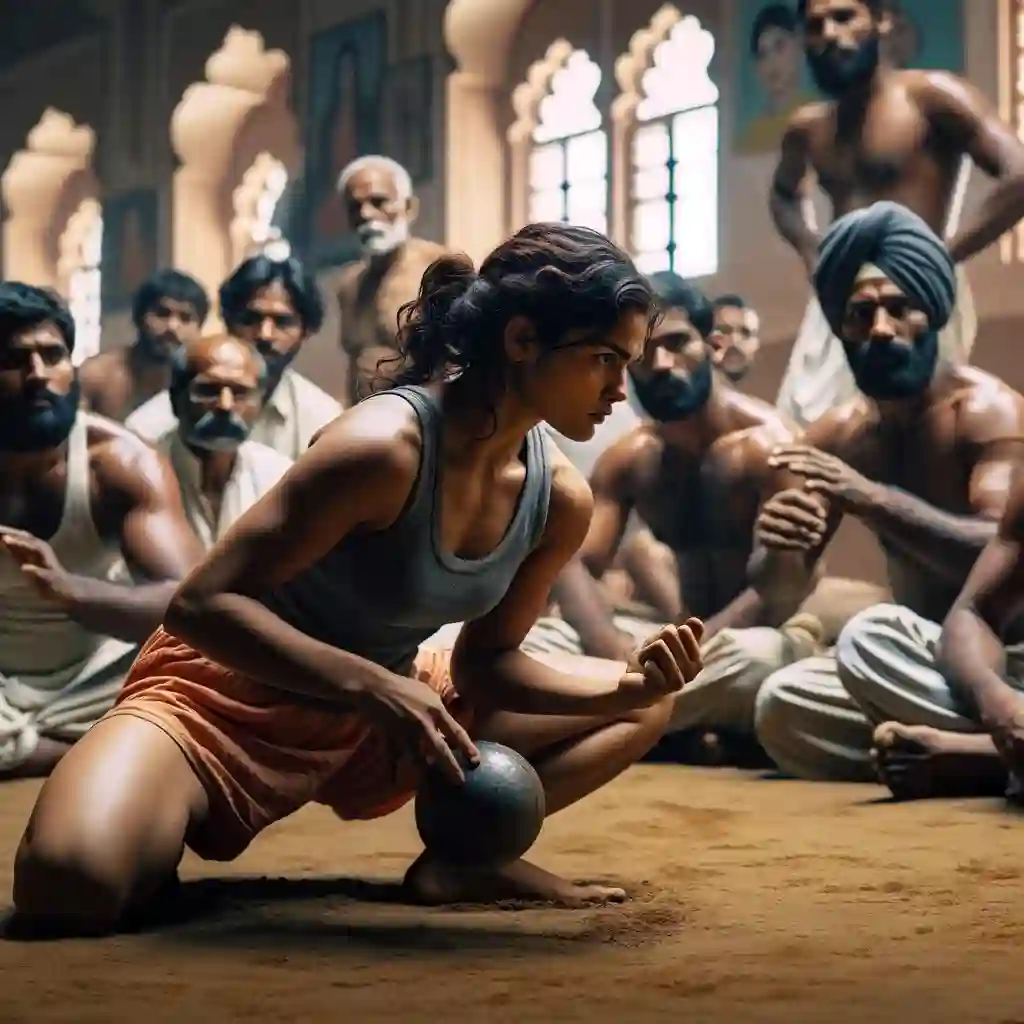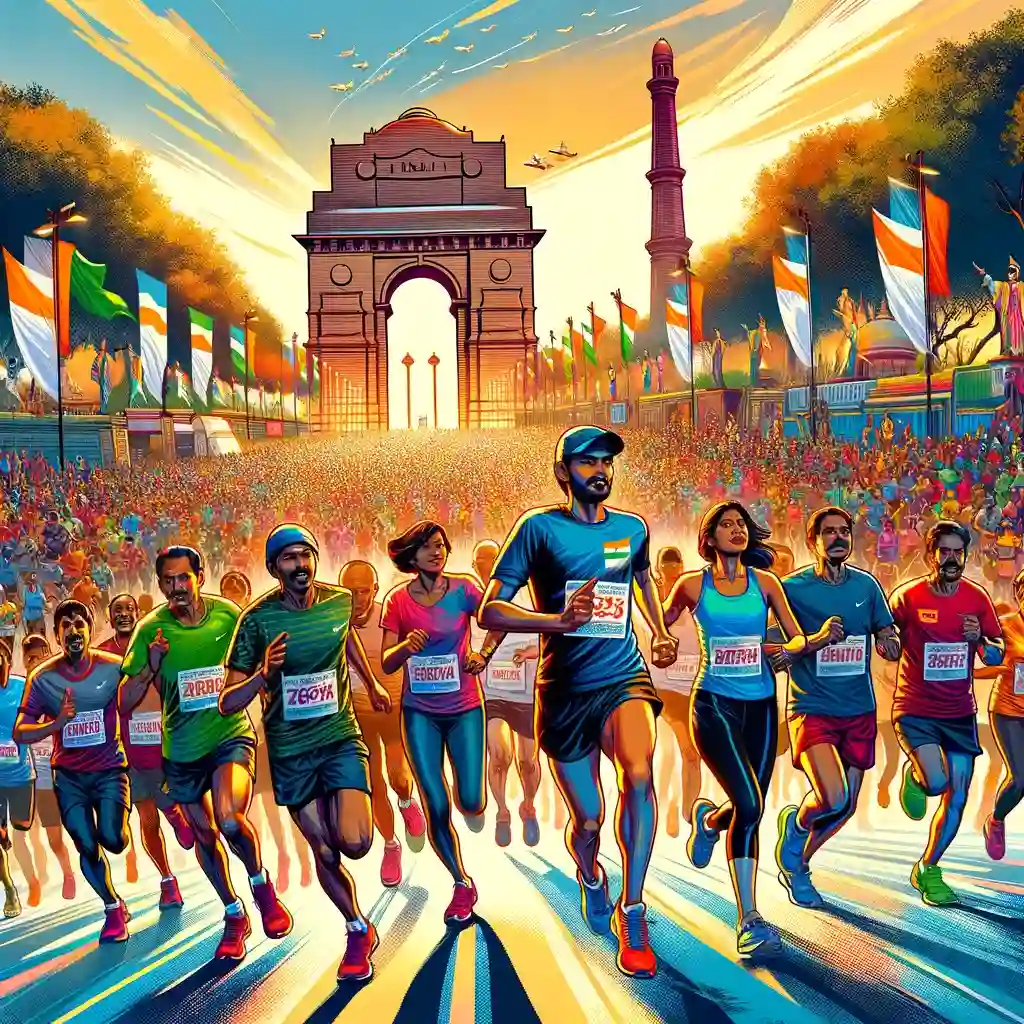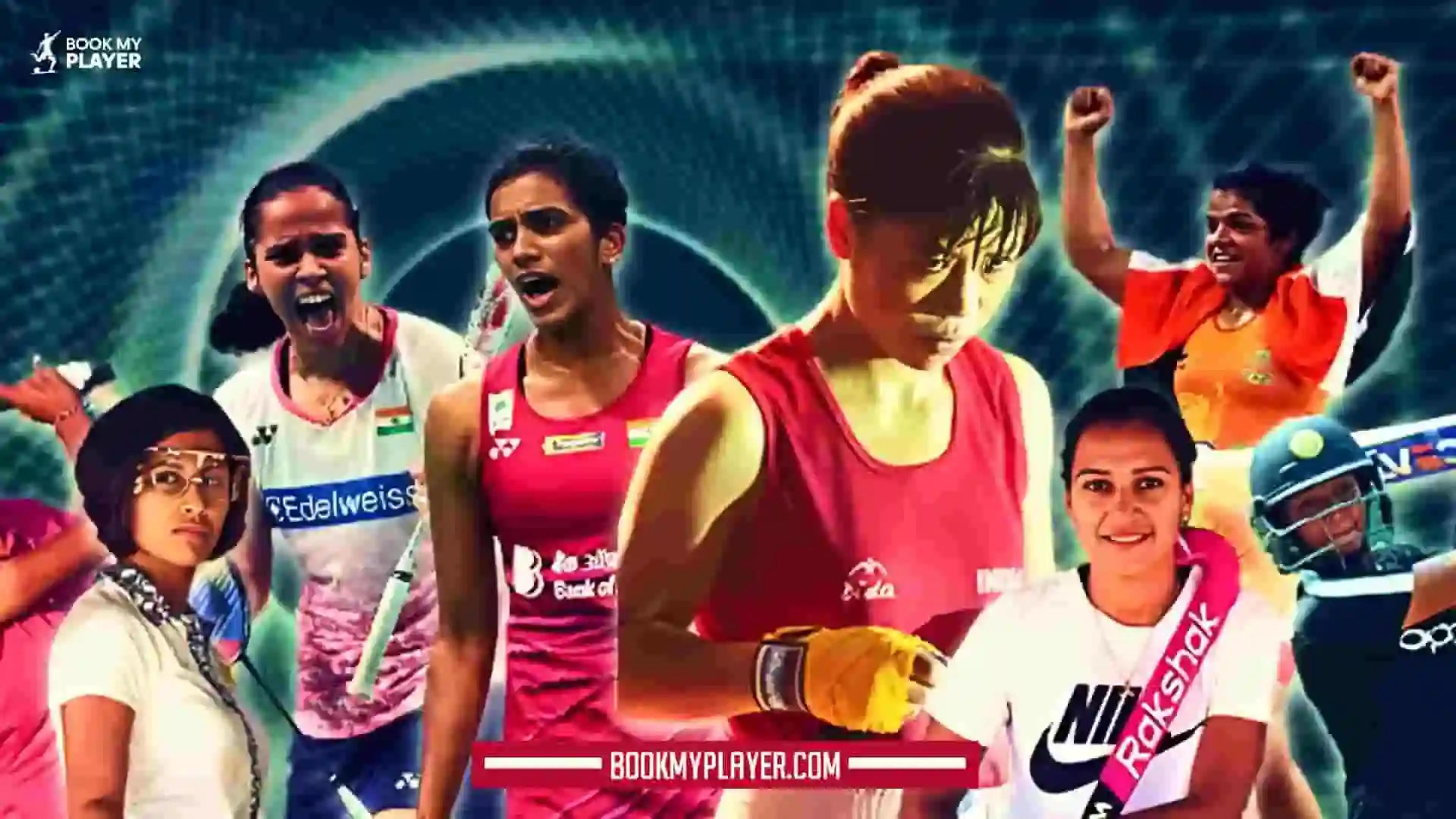
Explore the clash of football titans in India - the Indian Super League (ISL) and the I-League. Dive into the debate of star power vs. tradition, financial muscle vs. legacy clubs, media exposure vs. grassroots development, and discover the path forward for Indian football's bright future.
In this blog we’ll cover
A Tale of Two Leagues
The inception of the Indian Super League in 2014 brought a wave of excitement to the nation. With big-name international players, celebrity team owners, and glitzy opening ceremonies, the ISL grabbed the spotlight. On the other hand, the I-League, which has deeper roots dating back to 1996, represented the traditional essence of Indian football.
Star Power vs. Tradition
The ISL's trump card is undoubtedly its star-studded rosters. With marquee signings like Sunil Chhetri, Robbie Keane, and Alessandro Del Piero, the league promised a spectacle that had never been seen in Indian football. The presence of global football icons elevated the game's visibility, attracting fans who were previously indifferent to the sport.However, some argue that the ISL's focus on star power overshadowed the development of local talent. It created an environment where young Indian players had limited opportunities to showcase their skills. In contrast, the I-League has been a breeding ground for budding Indian talent, giving them a platform to grow and evolve.
Financial Muscle vs. Legacy Clubs
The ISL's financial muscle cannot be denied. The backing of prominent corporations and celebrities injected substantial funds into the league. Clubs had the resources to invest in top-class facilities, training programs, and marketing. This financial power drew players, coaches, and fans alike to the league.The I-League, on the other hand, boasts a legacy that stretches back decades. Clubs like Mohun Bagan and East Bengal have histories steeped in tradition and have been pillars of Indian football. However, they often struggled to compete financially with the newer ISL franchises. These legacy clubs faced challenges in keeping pace with the rapid evolution of the game.
Media Exposure vs. Grassroots Development
One of the ISL's undeniable strengths is its media exposure. The league secured lucrative broadcasting deals, making football accessible to millions of homes across India. The glitzy production values and high-quality coverage enhanced the viewer experience, raising the sport's profile exponentially.However, the I-League has been lauded for its grassroots development efforts. It has nurtured talent at the grassroots level, giving rise to talents like Gurpreet Singh Sandhu and Jeje Lalpekhlua. The league's emphasis on youth development contributes to the overall growth of Indian football.
Attendance and Fan Engagement
The ISL has seen impressive attendance figures, with stadiums packed to the brim during matches. The league's marketing strategies, star attractions, and entertainment elements have made it a spectacle both on and off the pitch. The electric atmosphere generated by fans has been a driving force behind the league's success.The I-League, while not matching the ISL in terms of attendance, has its passionate fan base. Supporters of clubs like the Kolkata Giants or Shillong Lajong have displayed unwavering loyalty over the years. These fans view the I-League as the embodiment of traditional Indian football.
The Path Forward
So, which league is better for Indian football? The answer is not straightforward. The ISL brought glamour, investment, and international recognition to Indian football. It made the sport accessible to a wider audience and inspired a new generation of fans.So the new settlement happened. In the ever-evolving landscape of Indian football, a significant chapter has been written. The debate that once raged between the Indian Super League (ISL) and the I-League has found resolution, with the ISL ascending to the throne as the undisputed top-tier league. Following suit are the I-League 1, I-League 2, and I-League 3, each with its unique significance in the grand scheme of Indian football. The mechanism is clear: the better teams are promoted to the upper-tier leagues, while the lowest league faces demotion. This reshaping of Indian football marks a new dawn for the sport in the country.
The ISL Ascends
The ISL's rise to the top tier signifies a remarkable transformation in Indian football. What began as a glamorous endeavour with star-studded rosters, celebrity owners, and glitzy ceremonies has matured into a competitive and professionally managed league. The backing of major corporations and investors has infused the league with financial strength, enabling clubs to invest in player development, infrastructure, and grassroots programs.The ISL's journey to the summit has been a testament to its commitment to promoting the sport at all levels. With its widespread media coverage, high-quality production values, and exciting gameplay, it has captured the hearts of millions of fans across the nation. The electric atmosphere in stadiums, fueled by passionate supporters, has further solidified its position as the pinnacle of Indian football.
The I-League's Role
While the ISL takes the top spot, the I-League continues to play a vital role in Indian football's ecosystem. It has retained its identity as a competition that values grassroots development and nurtures homegrown talent. Clubs in the I-League have shown resilience and commitment to the sport, despite the challenges posed by the ISL's financial might.The I-League 1, I-League 2, and I-League 3 form a pyramid structure that allows for the promotion and demotion of clubs. This mechanism not only adds a layer of excitement to the leagues but also ensures that the best-performing teams rise to higher tiers, while those struggling face demotion. This pyramid system encourages competitiveness and provides a clear path for clubs to aspire to the pinnacle of Indian football in the ISL.
Fostering Talent and Unity
The restructuring of Indian football is not merely about competition; it's about fostering talent and unity within the sport. The coexistence of different leagues allows for a holistic approach to player development. The ISL's influence trickles down to the lower tiers, encouraging clubs to adopt professional standards, invest in academies, and prioritize youth development.Moreover, the integration of the pyramid system creates a sense of purpose for clubs across all levels. It instils the belief that success in lower tiers can lead to promotion and a shot at glory in the top tier. This motivation drives clubs to invest in their infrastructure and player development, ultimately raising the overall quality of Indian football.
A Unified Vision for the Future
The establishment of a clear hierarchy in Indian football is a step toward a unified vision for the future. It aligns with global football norms and paves the way for Indian clubs to compete on the international stage. The collaborative efforts of the various leagues can lead to shared resources, knowledge exchange, and a common goal of making Indian football a global force to be reckoned with.As passionate fans and supporters of Indian football, we must embrace this evolution and recognize the potential it holds. The ISL's ascent as the top-tier league and the pyramid structure bring order, competitiveness, and excitement to Indian football. It is a testament to the sport's growth and the unwavering passion of its supporters.The debate between the ISL and the I-League has given way to a new era of unity, purpose, and progress. Together, as stakeholders in Indian football, we have the opportunity to witness our beloved sport reach new heights, both domestically and internationally. The dawn of Indian football's new era is here, and the future looks brighter than ever before.
Comments (0)
Weekend Reads
Mastering the Game: 10 Essential Tips for Amateur Athletes in India
January 8th, 2024 6:41 AM UTC
The Rise of Mixed Martial Arts: From Underground to Mainstream
January 3rd, 2024 12:36 PM UTC
Evolution of Football in the NCR
January 2nd, 2024 2:25 PM UTC
The Kings of 64 Squares: Unveiling the Chess Grandmasters of India
December 25th, 2023 6:59 PM UTC
Captaincy Chronicles: Dive into Mumbai Indians' Dynamic Shift!
December 25th, 2023 6:51 PM UTC
Rising from Athletic Setbacks: A Journey of Resilience and Triumph
December 25th, 2023 6:39 PM UTC
Doubles Dynamism: Charting the Course of Emerging Stars in Indian Badminton
December 25th, 2023 6:22 PM UTC
The Unbreakable Bond: Witnessing the Symbiosis Between a Coach and an Athlete
December 25th, 2023 6:10 PM UTC
Jwala Gutta's Game-Changing Move: Celebrating Sindhu, Empowering Future Cricket Stars
December 25th, 2023 5:31 PM UTC
Most Reads
Sanju Samson's Redemption: From Setbacks to Centuries
December 25th, 2023 5:17 PM UTC
Evolution of Football in the NCR
December 25th, 2023 6:00 AM UTC
Sonu Jaglan's Spectacular Performance Leads Gujarat Giants to Victory in Pro Kabaddi League Showdown
December 13th, 2023 8:14 PM UTC
The Future of Sports Technology: Enhancing Athlete Development in the Digital Age
December 13th, 2023 8:08 PM UTC
Strategic Planning for Collegiate Athletics: A Roadmap for Aspiring College Athletes
December 13th, 2023 7:56 PM UTC
Mental Toughness in Sports: Cultivating Resilience for Long-Term Success
December 13th, 2023 7:42 PM UTC
Inclusive Athletes: Ensuring Long Term Development Opportunities For All
December 13th, 2023 7:34 PM UTC
The Role Of Nutrition In Athletic Longevity:A Comprehensive Guide For Athletes
December 13th, 2023 7:16 PM UTC
Balancing Academics and Athletics: A Guide for Student-Athletes and Their Families
December 13th, 2023 7:00 PM UTC
Most Popular
Local Sports Events and Tournaments
February 29th, 2024 12:07 PM UTC
Women in Indian Sports
February 29th, 2024 11:32 AM UTC
Fitness and Health Tips for Athletes: Expert Advice for Peak Performance
February 22nd, 2024 1:38 PM UTC
Revolutionizing the Game: The Future of Sports Training in India with VR and AI Technologies
February 19th, 2024 12:54 PM UTC
Emerging Sports Leagues in India: A New Arena of Athleticism and Engagement
February 17th, 2024 10:40 AM UTC
Rising Sports Stars in India: Unveiling the Future Champions
February 15th, 2024 5:29 PM UTC
Unleashing the Power of Raiders: The Heartbeat of Pro Kabaddi League
February 15th, 2024 6:46 AM UTC
Running Through History: The Delhi Marathon 2024 Experience
February 14th, 2024 11:58 AM UTC
Navigating Success: The Case for Hiring a Personal Coach
January 19th, 2024 5:14 PM UTC
Beyond Boundaries: Unveiling India's Sporting Tapestry with Hidden Gems
January 19th, 2024 5:11 PM UTC
Shattering Glass Ceilings: A Journey Through the Triumphs of Women in Sports
January 17th, 2024 7:00 PM UTC
Decoding the Game: Unveiling the Intricacies of Players' Agents
January 17th, 2024 2:02 PM UTC
Unveiling the Art: Breaking Down the Basics of Boxing for Beginners
January 16th, 2024 8:57 AM UTC
Elevating Performance: The Symbiotic Relationship Between Mental Health and Sports
January 16th, 2024 3:50 AM UTC
Game-Changers: The Evolution of Sports Through Wearable Technology
January 14th, 2024 4:43 AM UTC
Unveiling the Power Duo: Strength Training vs. Cardio for Optimal Fitness
January 12th, 2024 4:43 AM UTC
The Transformative Power of Yoga and Meditation in Sports Performance
January 11th, 2024 6:37 PM UTC
Beyond Sweat and Grit: Unveiling the Future of Sports Training through Technological Mastery
January 9th, 2024 7:28 PM UTC
Unlocking Athletic Potential: The Crucial Role of Post-Workout Recovery
January 9th, 2024 12:00 PM UTC











































Leave a Comment